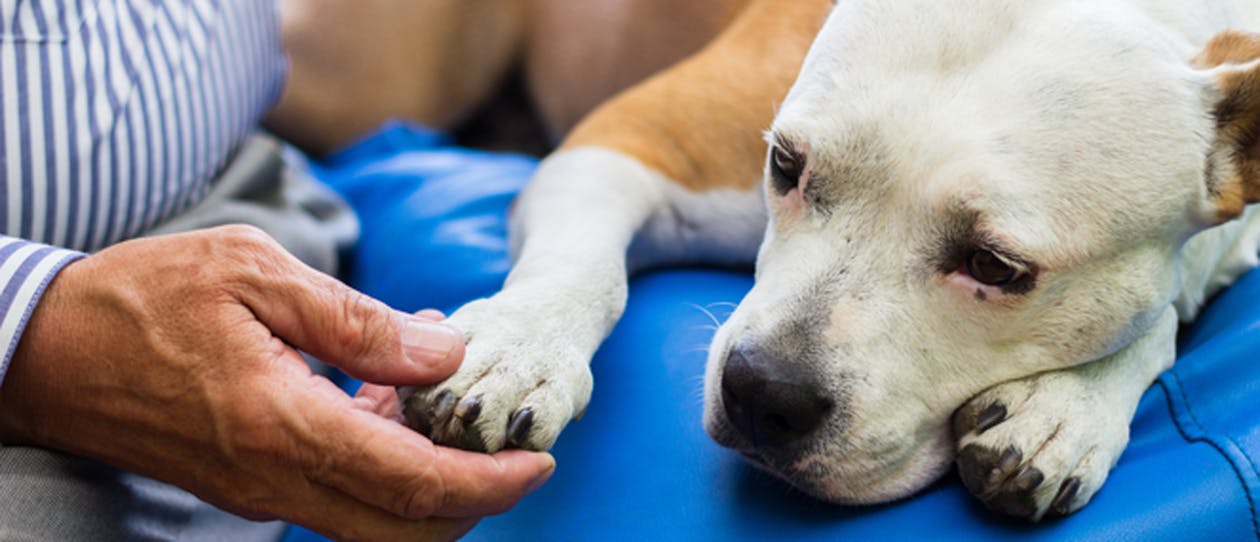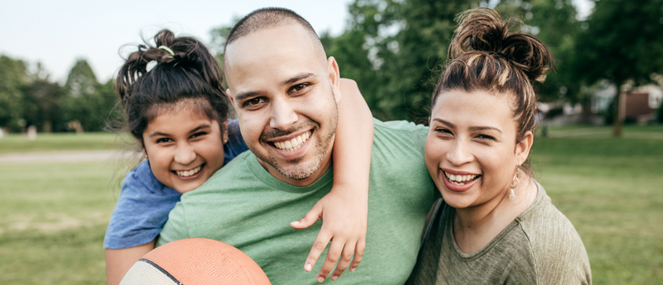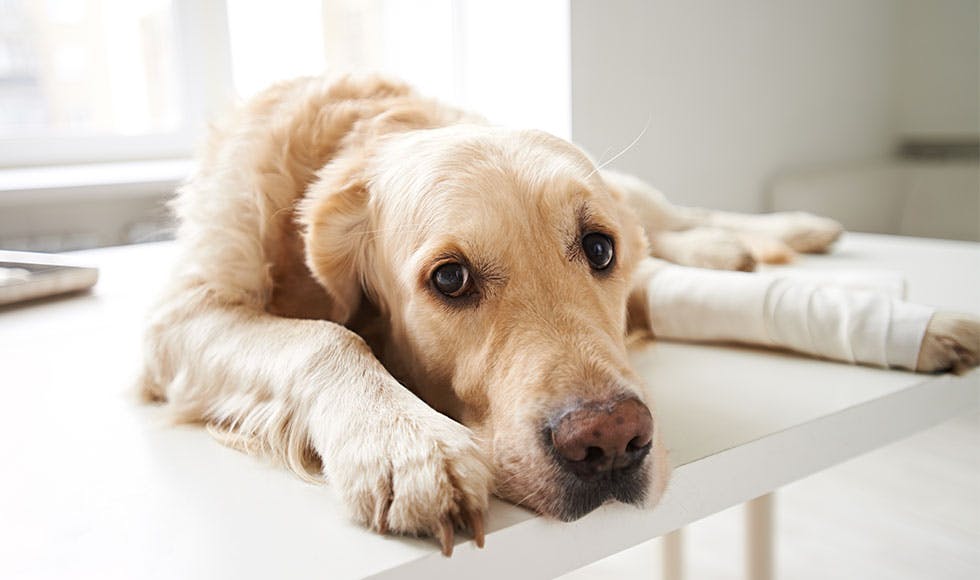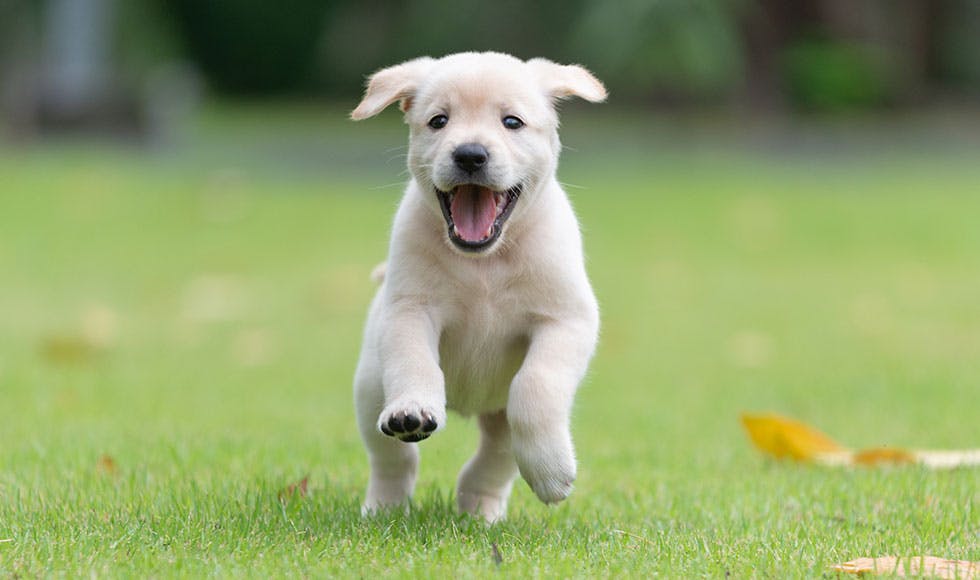
- A Guide To Perfect Your Pet's Health/
- Health and Vitality Products For Your Dog/
- What to Do if Your Dog is Attacked


Let’s not sugar coat it – an attack by an aggressive dog can be scary!
It is also possible that it can create ongoing fear or timidity in an anxious dog, or affect your dog’s behaviour in other ways.
But there are ways to make sure your dog stays safe and happy, as well as to minimise harm from an encounter with an aggressive dog.
How to prevent a dog attack
We all know that, as a pet parent, we are responsible for our dog’s safety and behaviour.
Accidents do happen, and we can’t blame ourselves.
But we can reduce the likelihood of our dog getting into trouble by scoping out the environment in which we walk our dog, and knowing any dog behaviour triggers for them.
Before you venture into a new neighbourhood, or a new park, do some detective work on behalf of your dog and check out the area.
Ask yourself:
- Are there streets where dogs are allowed to wander free, or are able to get through a fence?
-
Which parks are on-leash and off-leash and do dog owners follow the rules or seem to be in control of their dog’s behaviour?
-
What breeds of dogs are at the park, and at what times – your dog may be more likely to be attacked during a busy period when dogs invade each other’s space while some small dogs may not be comfortable with large breeds and vice versa.
- Do you see any incidents of aggression or other dog behaviour that your dog may find intimidating, especially if you have an anxious dog?
Once you decide that it is safe to walk your dog in a new setting, you still need to be alert to dog body language, says trainer Jamie Huggett.
“If you or your dog feel uncomfortable, especially in a dog park environment, there is no point risking an attack,” he says.
If you do decide to take the plunge, you need to stay relaxed but alert.
Dogs pick up on emotions, especially anxious dogs, and that includes fear.
If you are in tune with your dog, you will also be able to pick on stress signals that often come before an aggressive dog attack.
Huggett says dog body language to be aware of includes licking of the lips, or looking away from other dogs.
Yawning, or turning its head away when another dog approaches, may also be signs your dog doesn’t feel safe.
“Make sure you are listening to your dog and remove them from situations where they are stressed.”
Flattened ears, or a tail held to high attention, or a rigid body position can also be signs that a dog is about to attack.
What do if your dog is attacked
You need to think about your safety as well as your dog’s safety, says vet Dr Melissa Vicino, Education Advisory Trainer for PAW by Blackmores.
“Do not try to break up a dog fight with your hands, unless you’re prepared to lose a finger or two,” she advises.
But do take steps to protect your dog from injury or, worse, death.
If the aggressive dog is unleashed, and your dog is not, and you are able to release the leash, this may give your dog a chance to run away.
If your dog is being held by the throat, you may consider using force to get the attacking dog to release your dog.
However, Huggett cautions: “Two dogs fighting can be very frightening, and a lot of people panic and start kicking everywhere trying to hurt the dog.”
Rather, he suggests dog owners carry a spare slip leash at all times.
“If you can tether one of the dogs, you can get control over them.”
In worst case scenarios, slip the loop over the dog’s neck and pull upwards, he says.
Huggett also carries a device called Pet Convincer that releases a blast of air to refocus the dog’s attention.
Other dog trainers suggest a dog whistle with a sharp note or ultrasonic sound can shut down an aggressive dog’s behaviour.
What to do after a dog attack
Says Dr Melissa: “After the dogs are separated, a vet can assess your dog for any injuries or trauma.
“Be careful when handling your dog after it’s been attacked as your dog may have an injury and try to bite to tell you to stay away from its sore spot.”
A veterinarian will look for minor injuries such as scratches or superficial bites, or major injuries that can include broken limbs or even damage to internal organs.
Some dogs will require surgery to help correct injuries from the ordeal, while others may need help to rebuild confidence.




